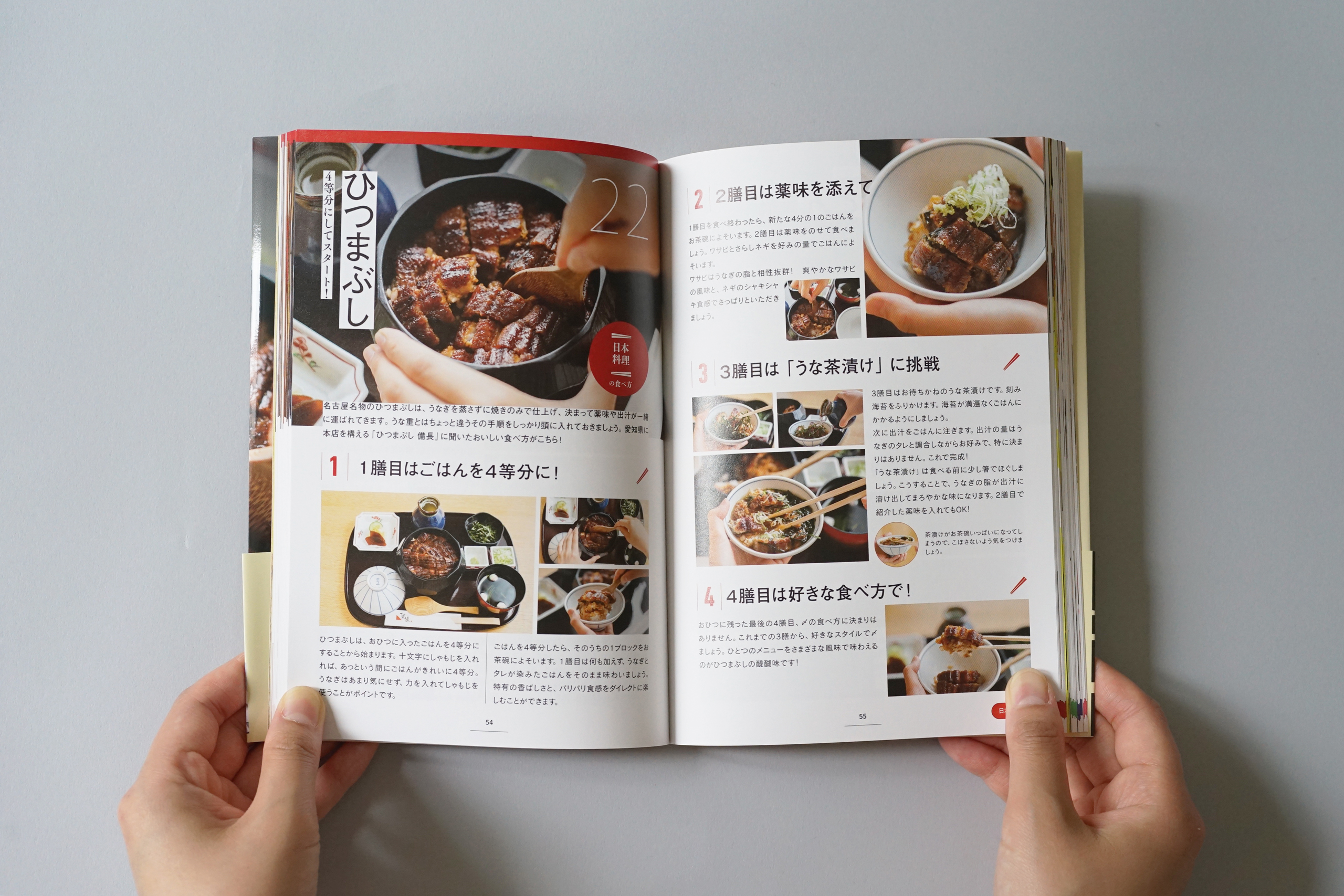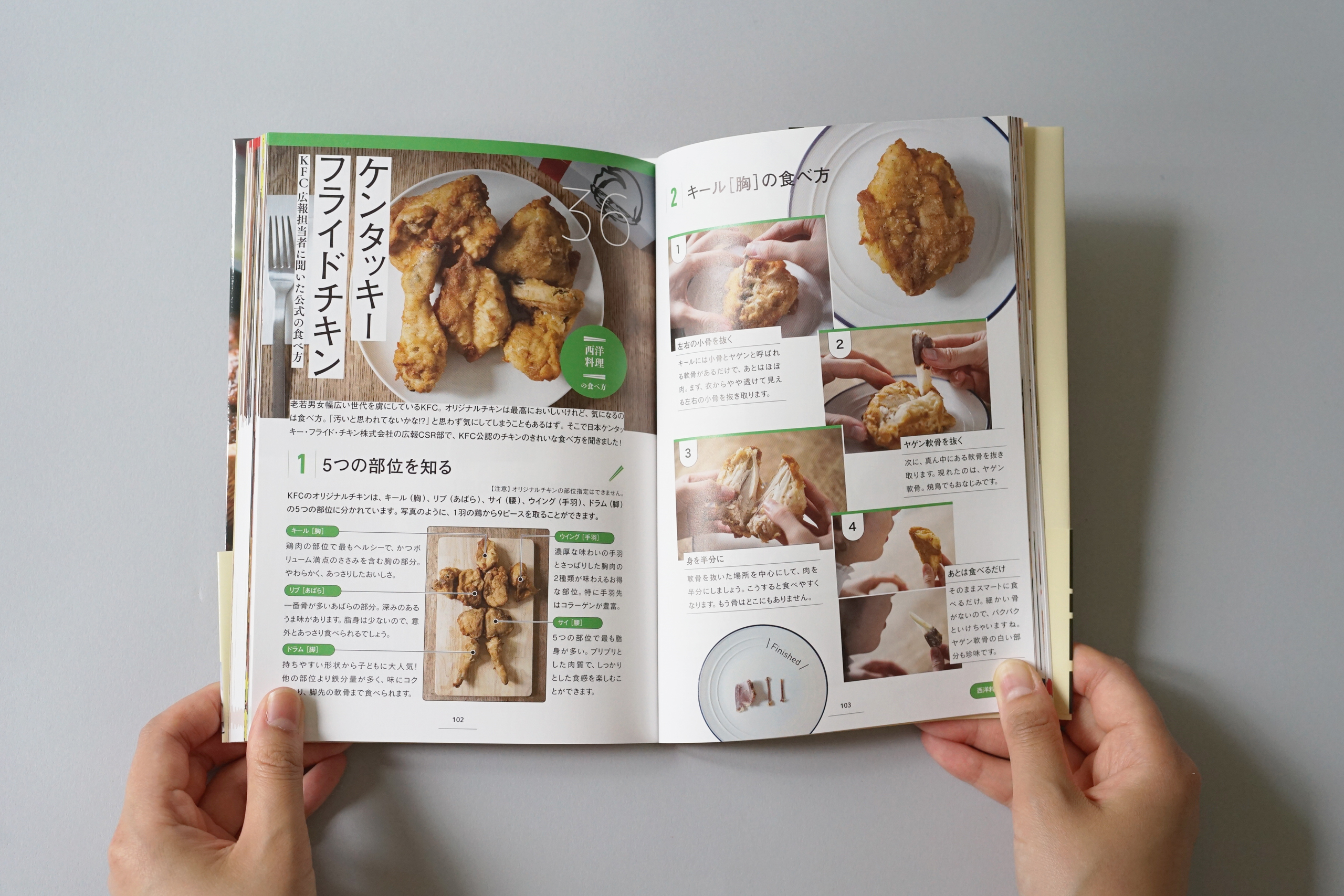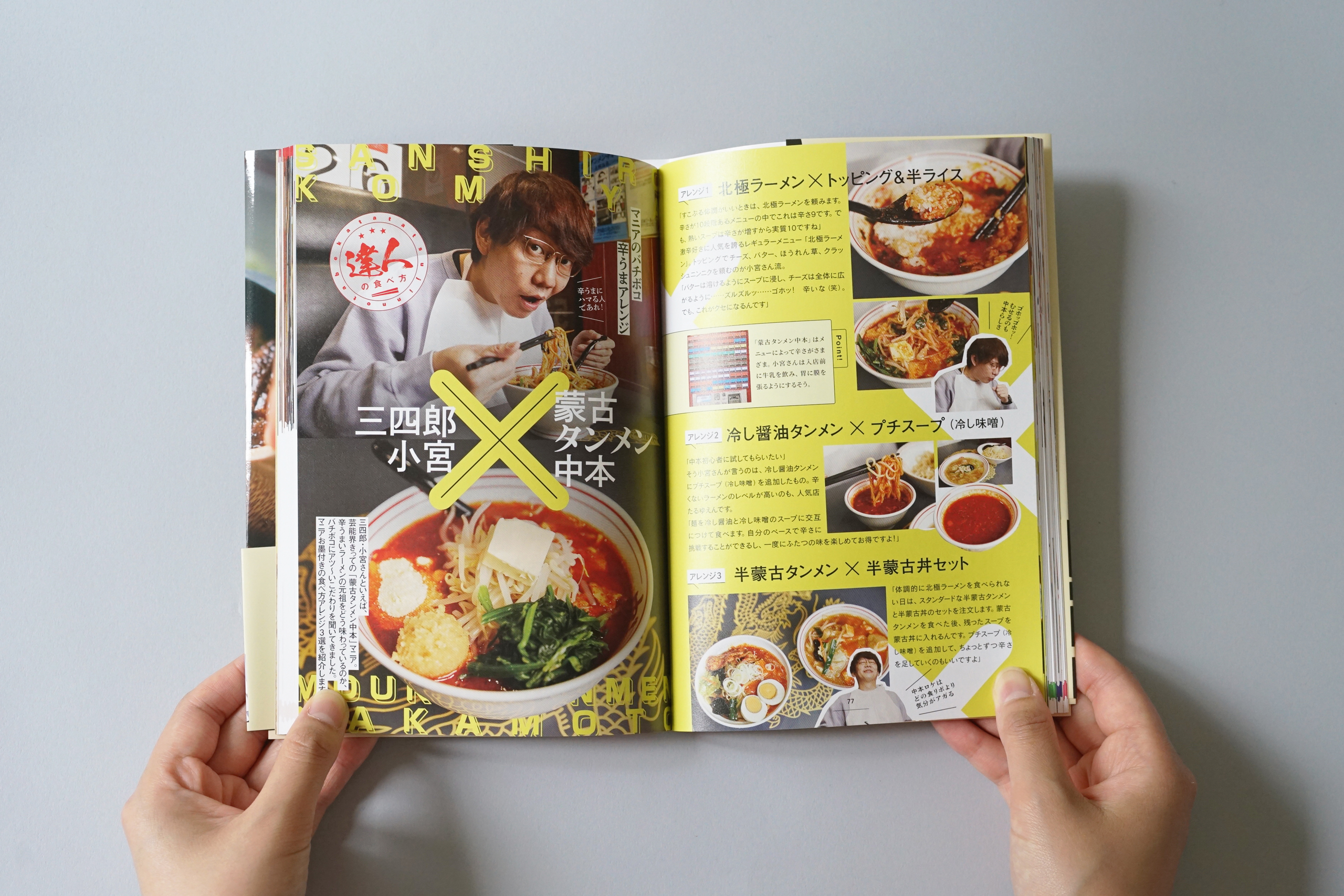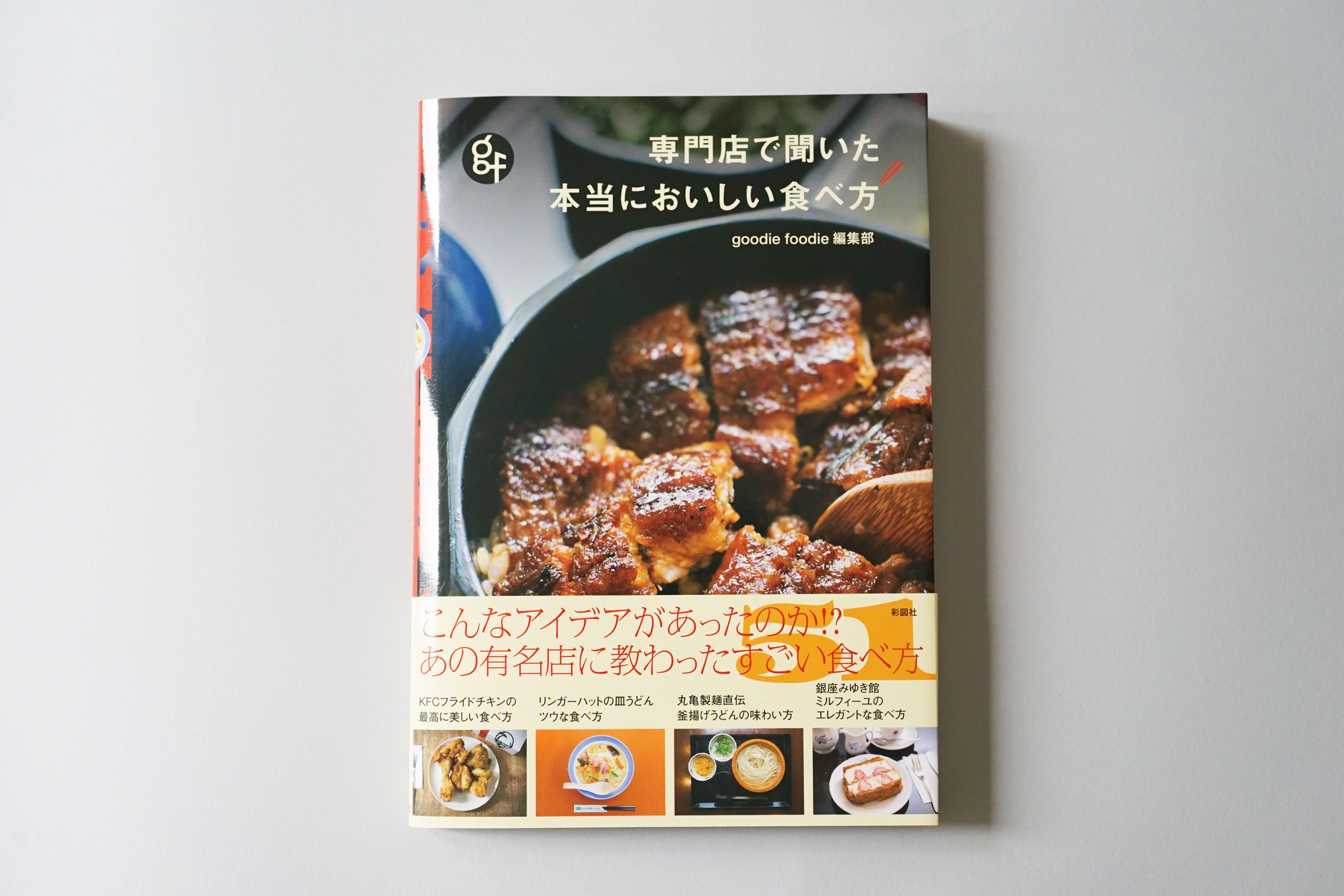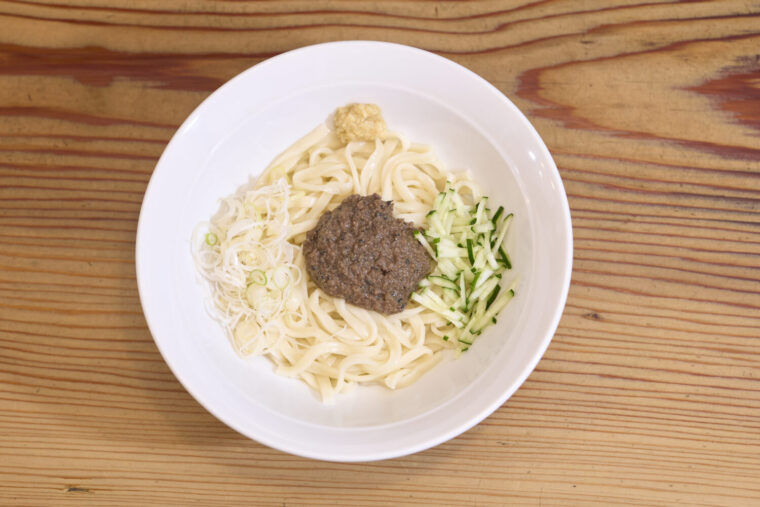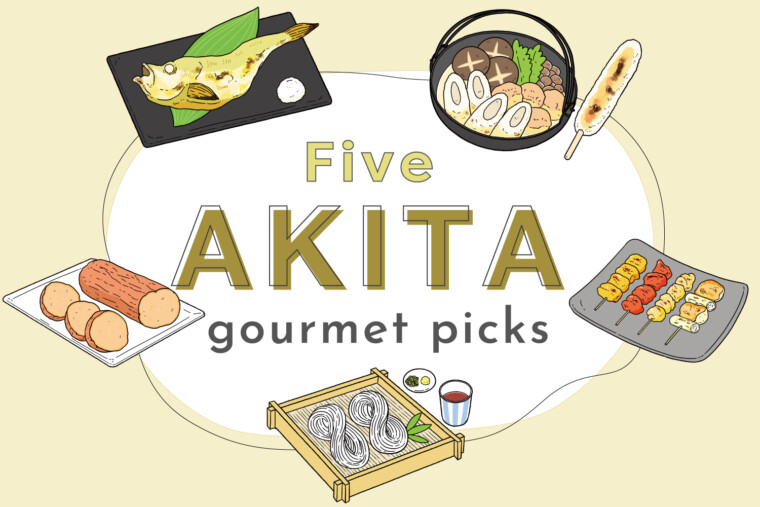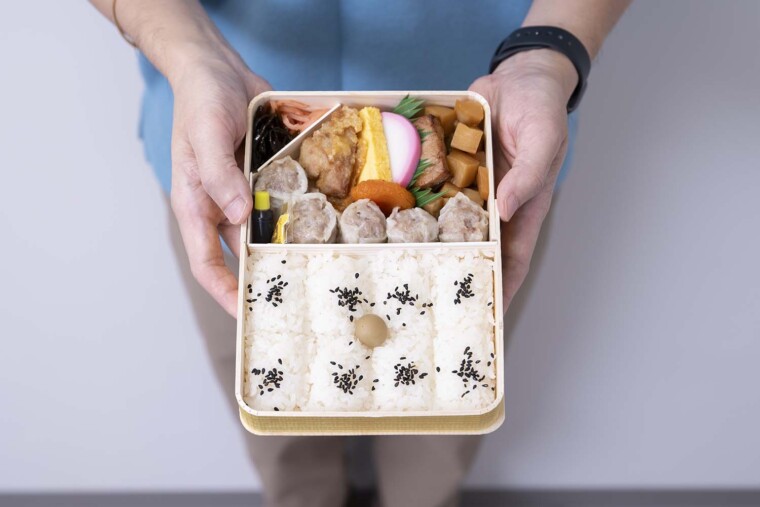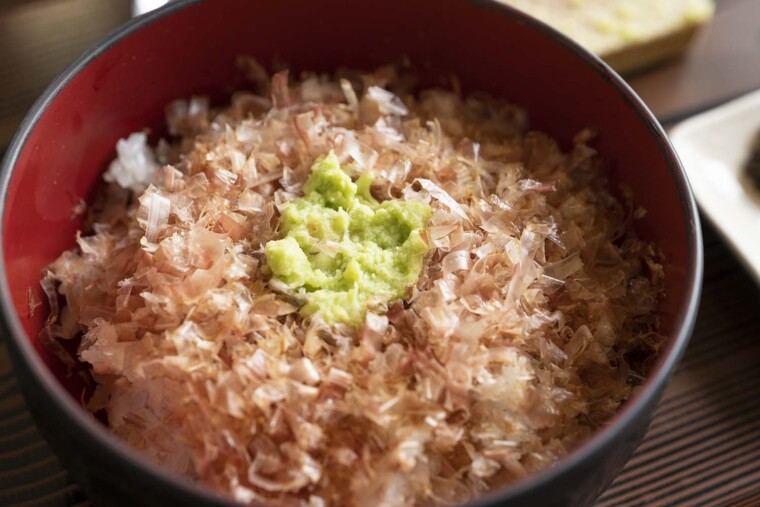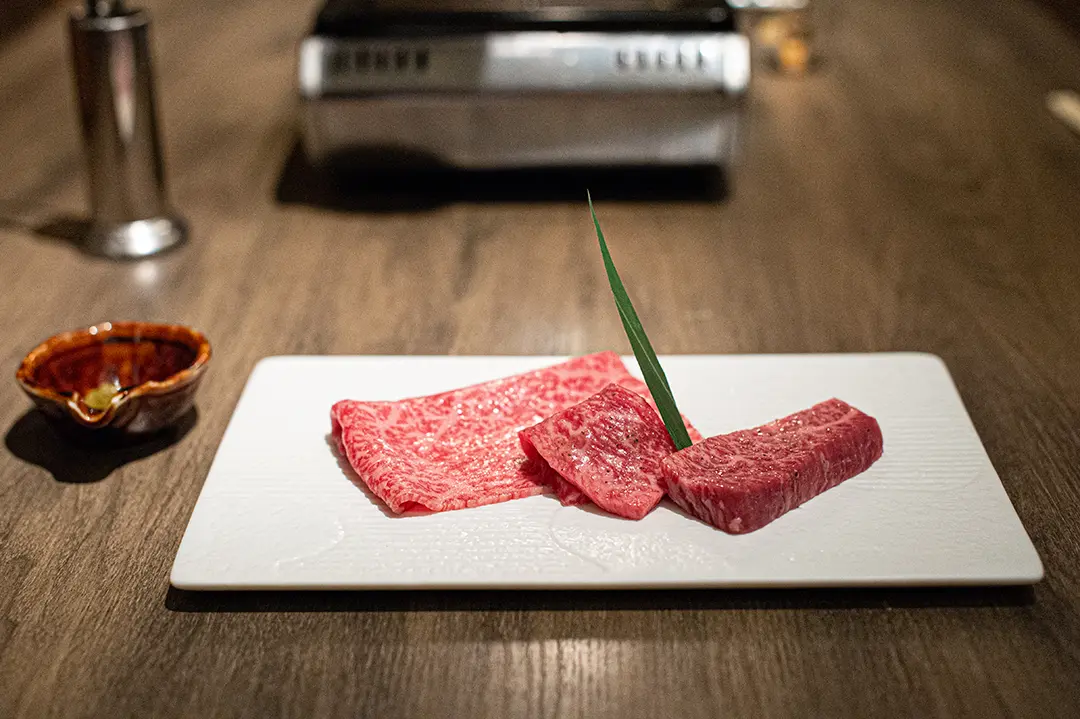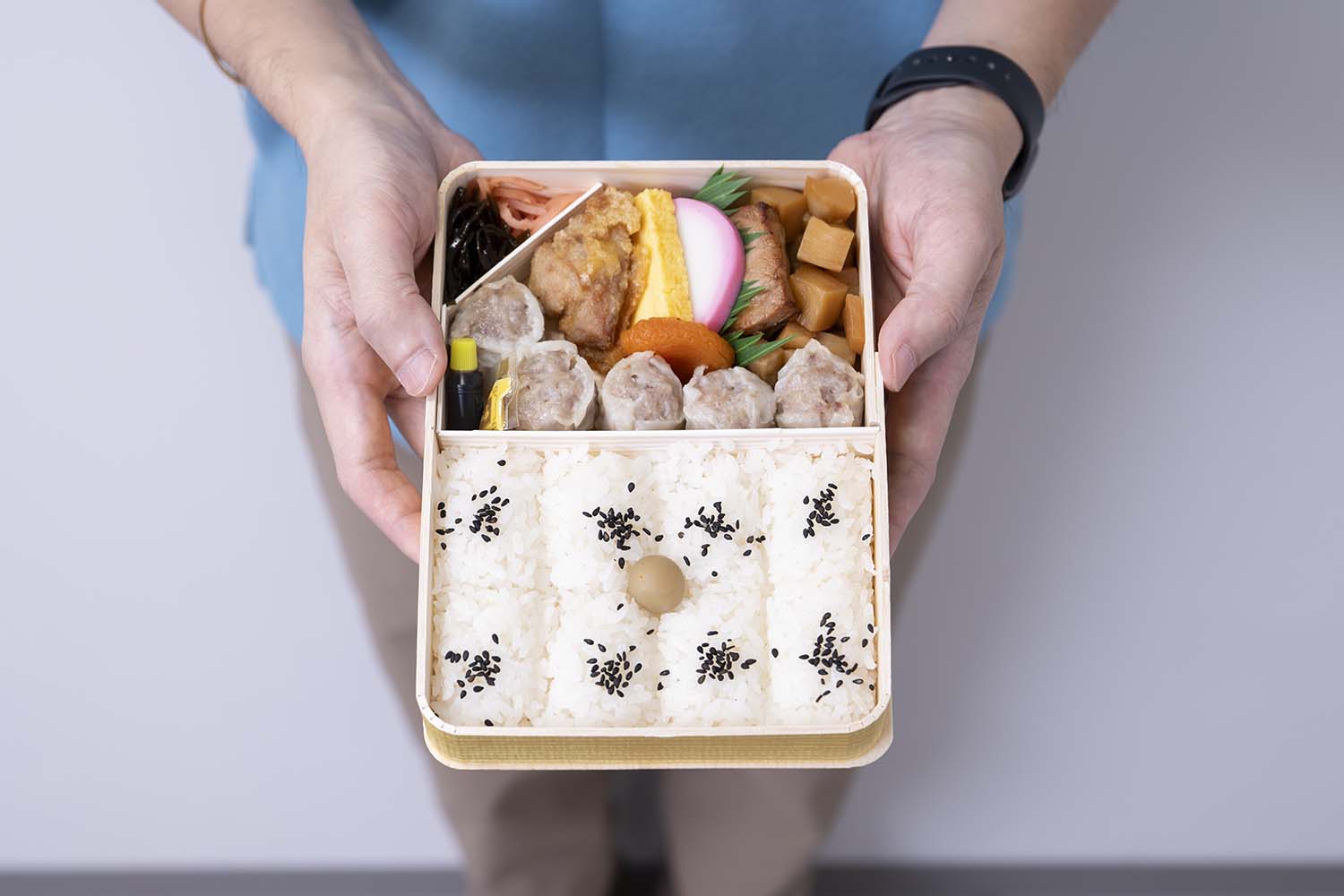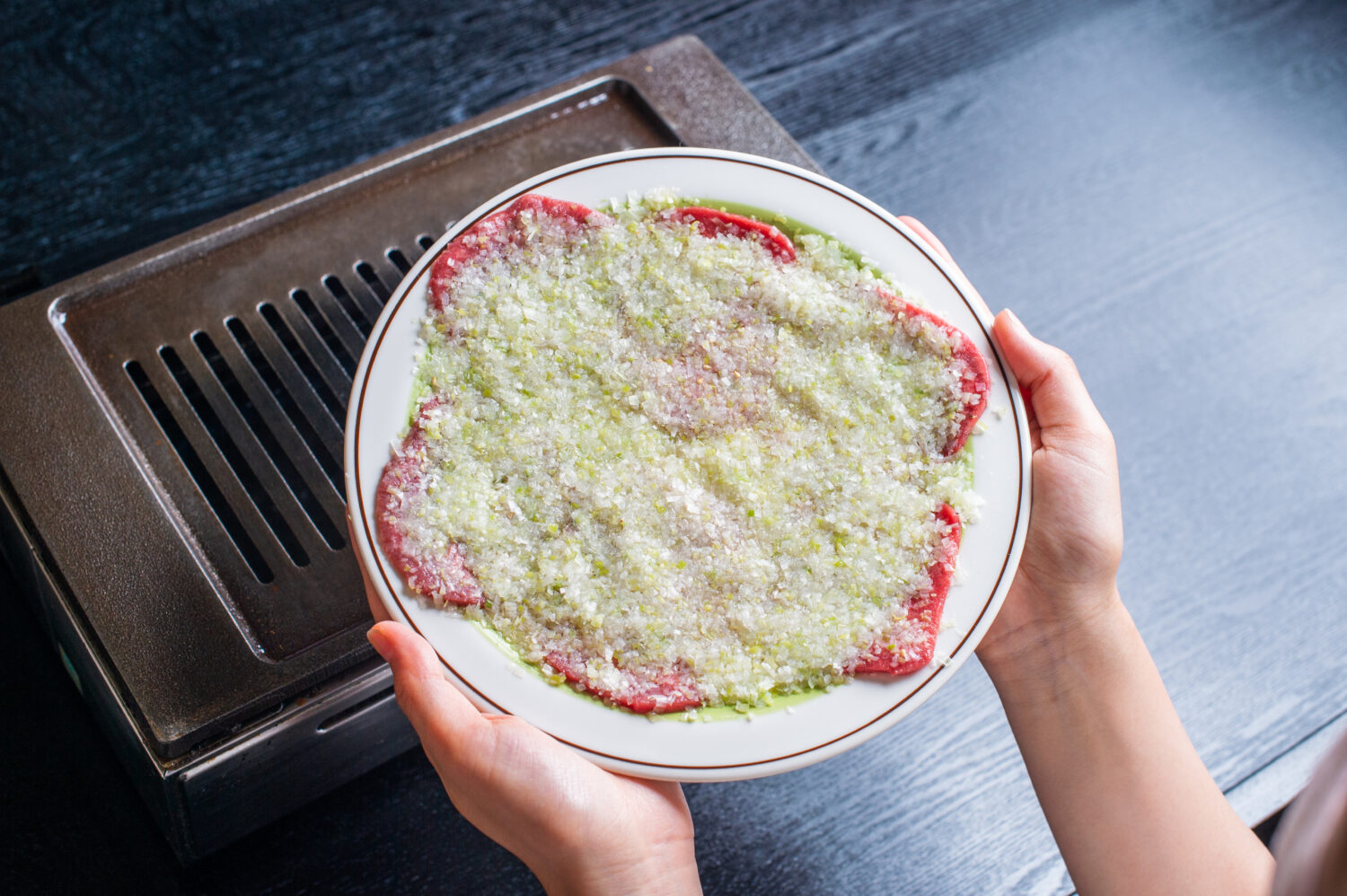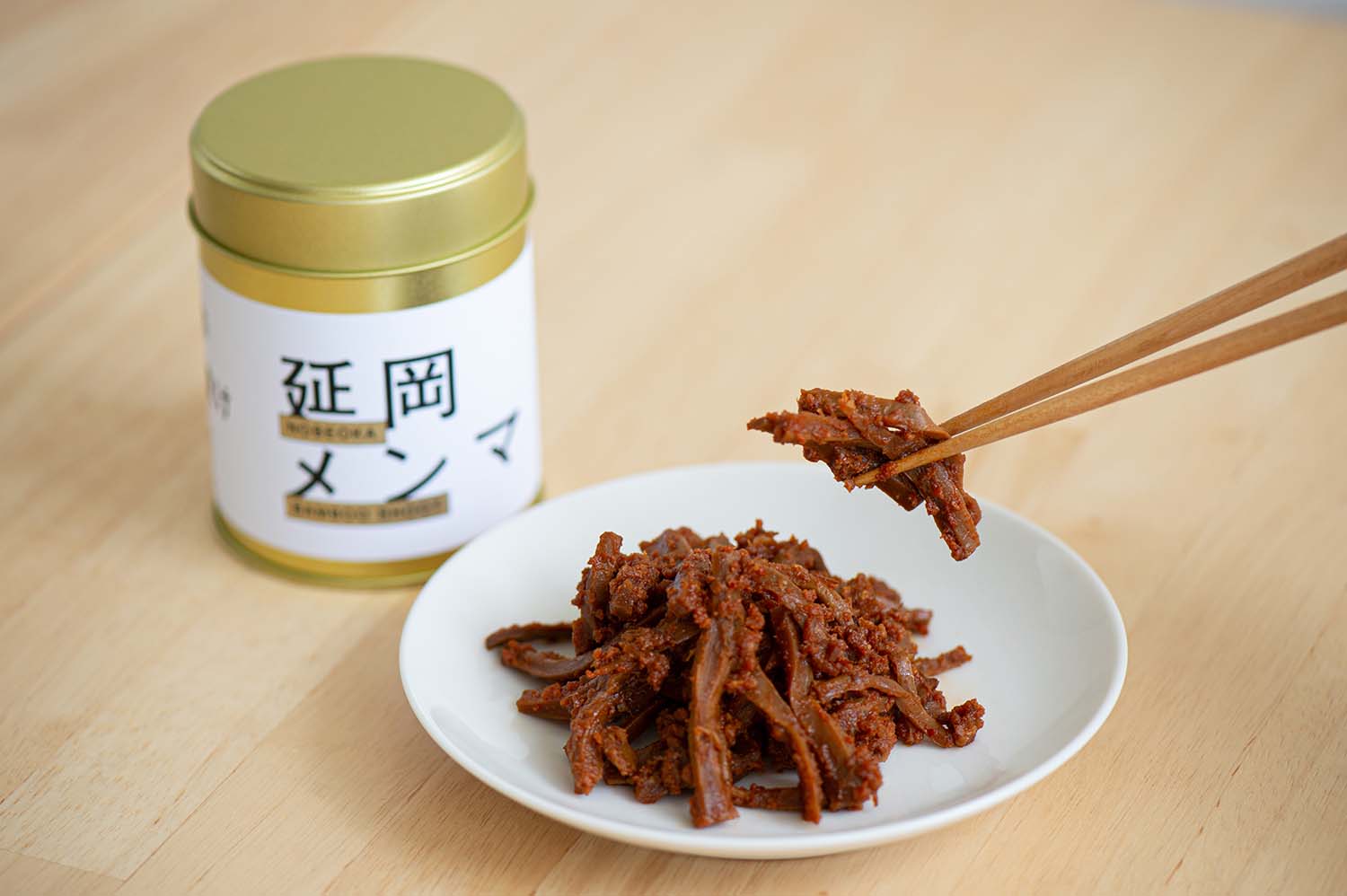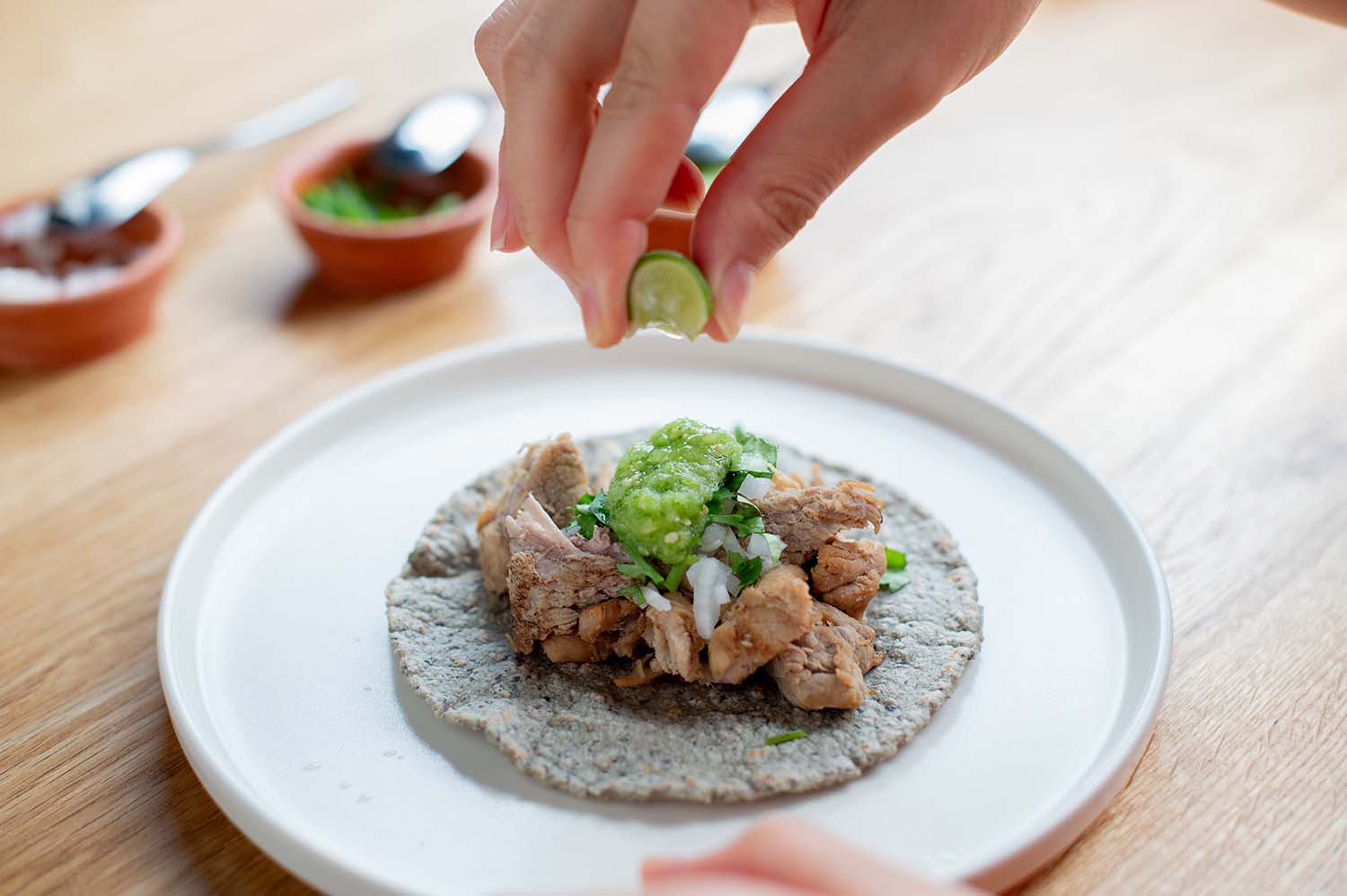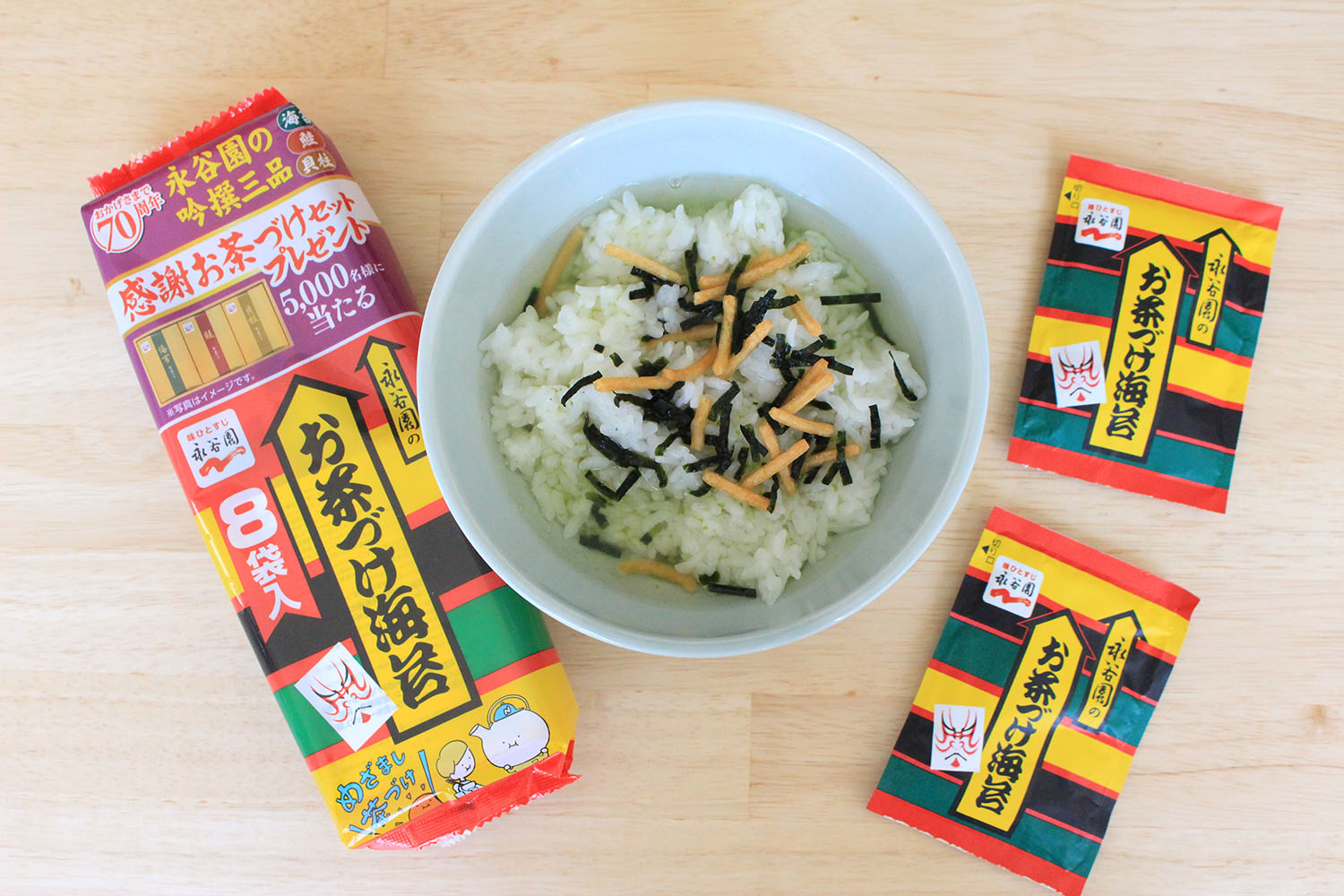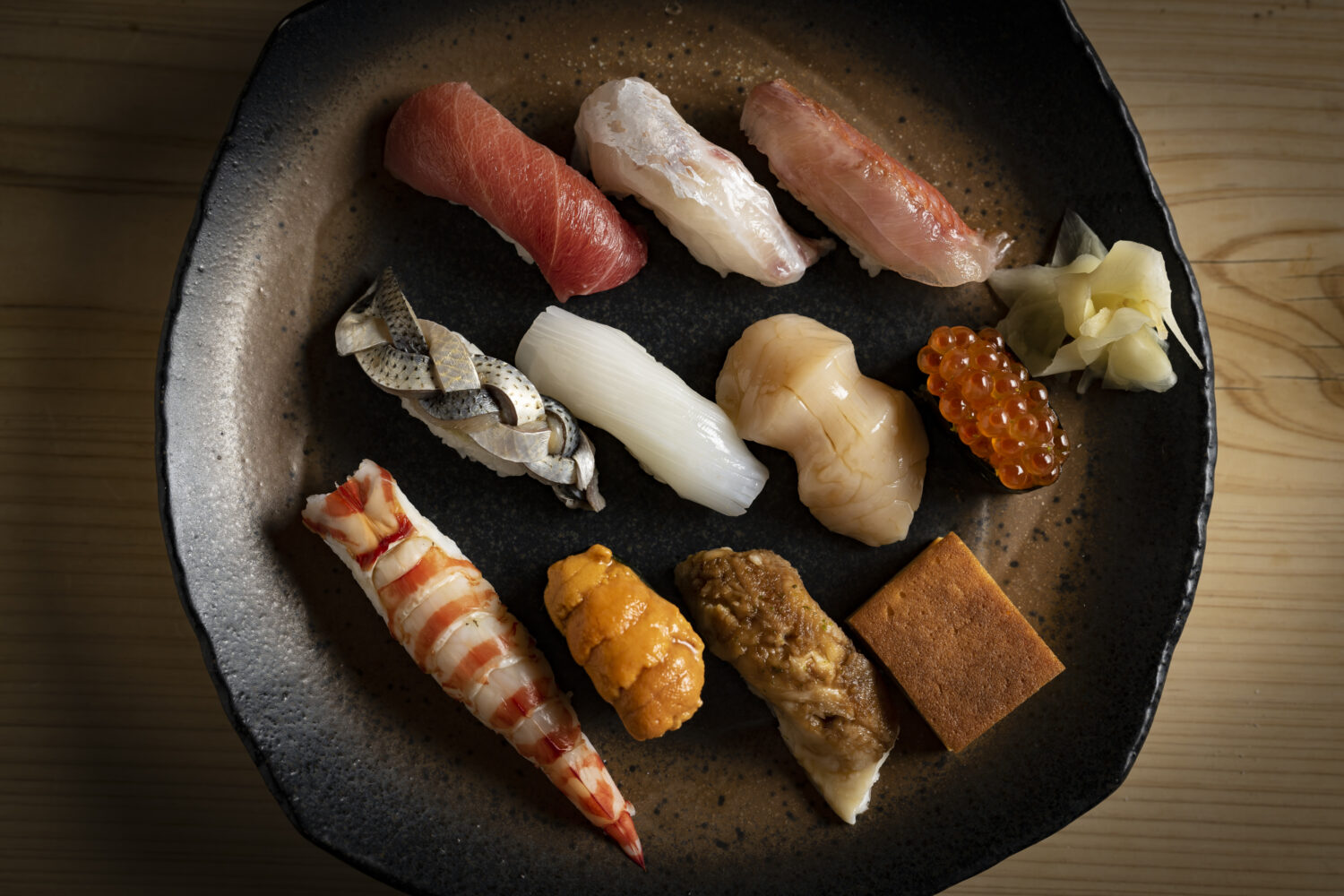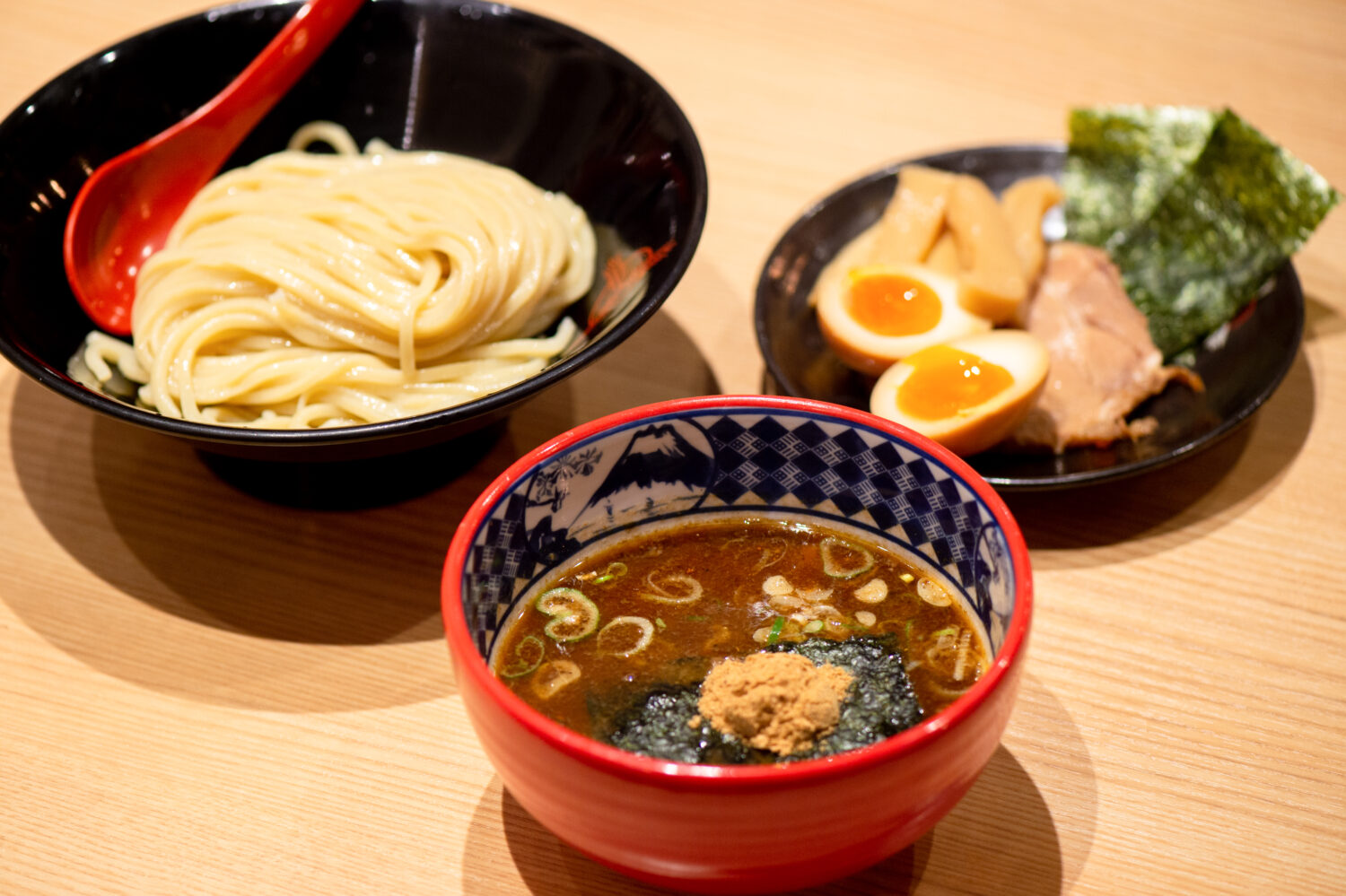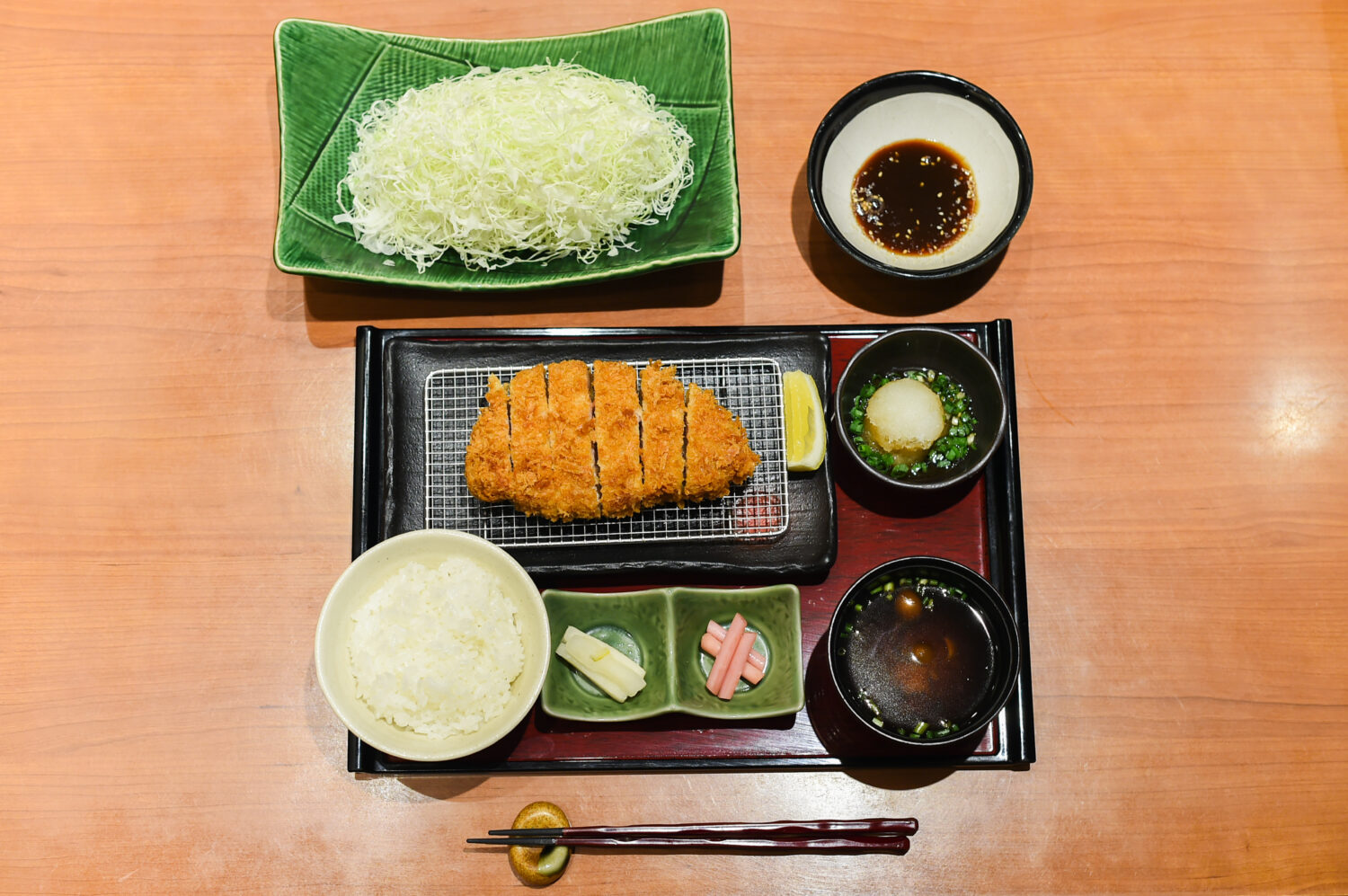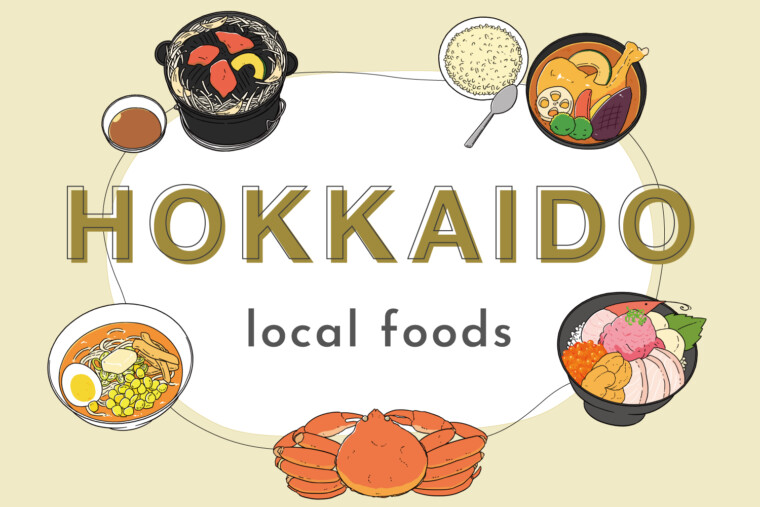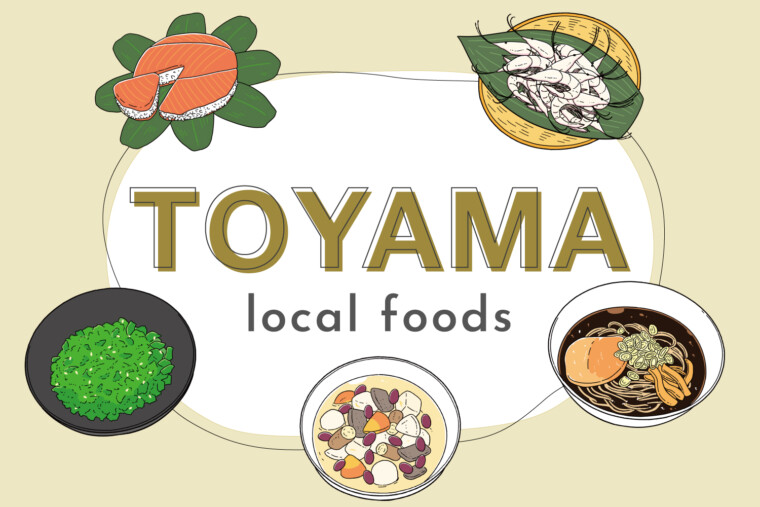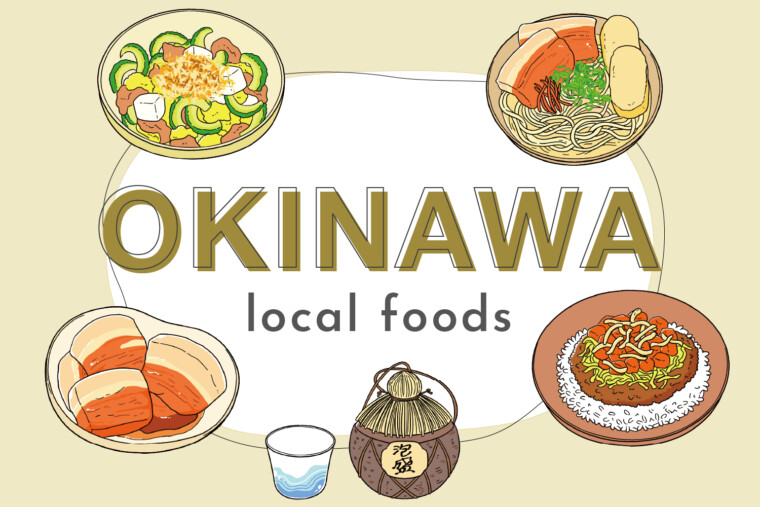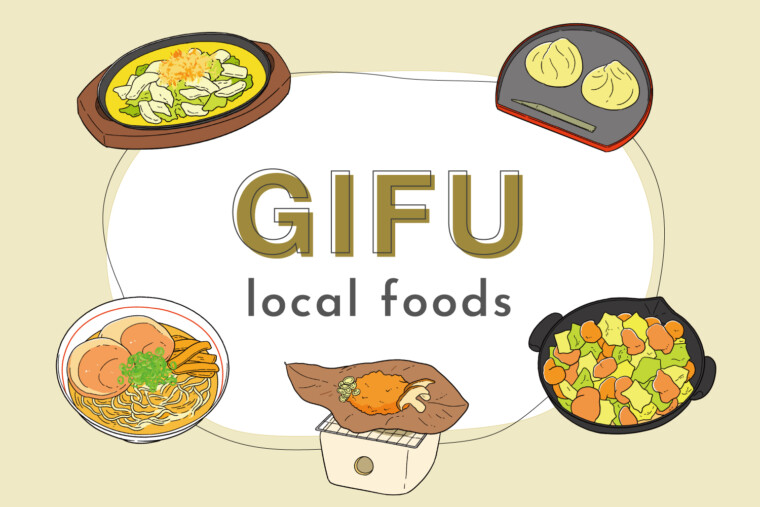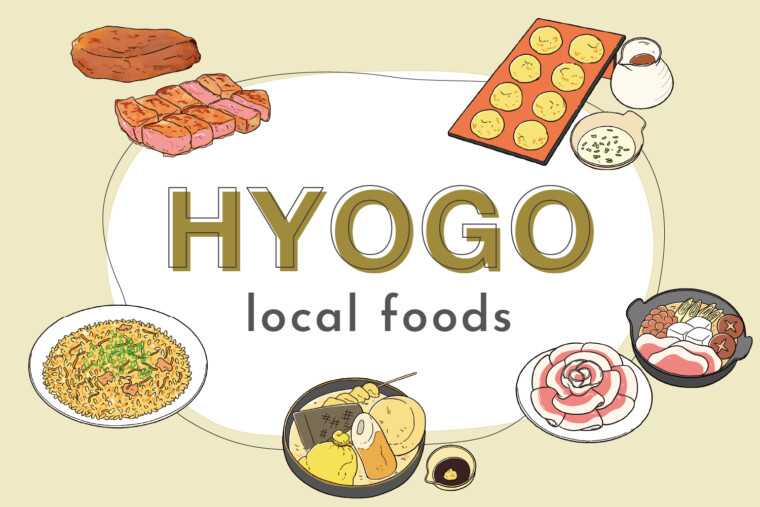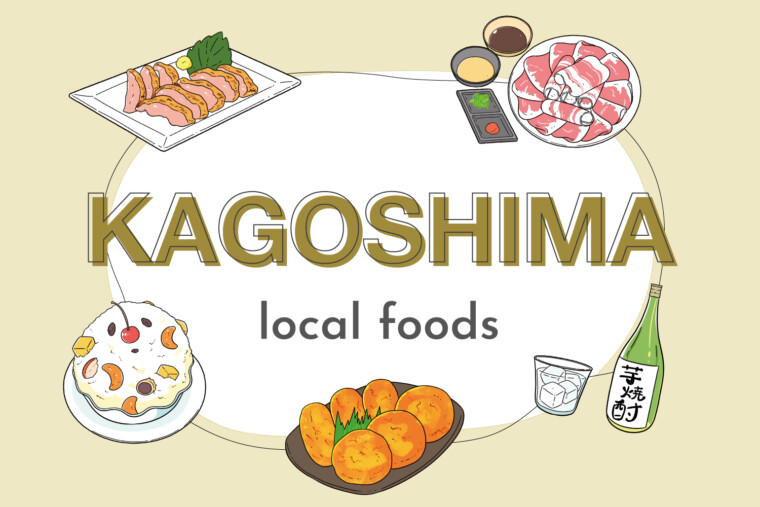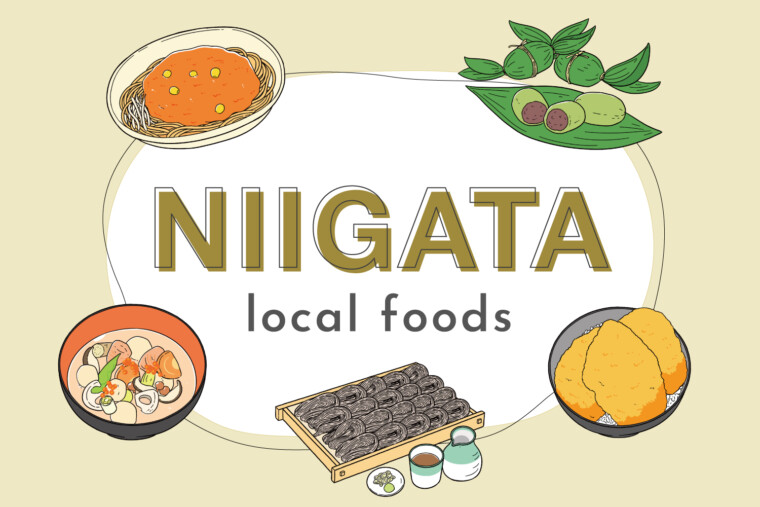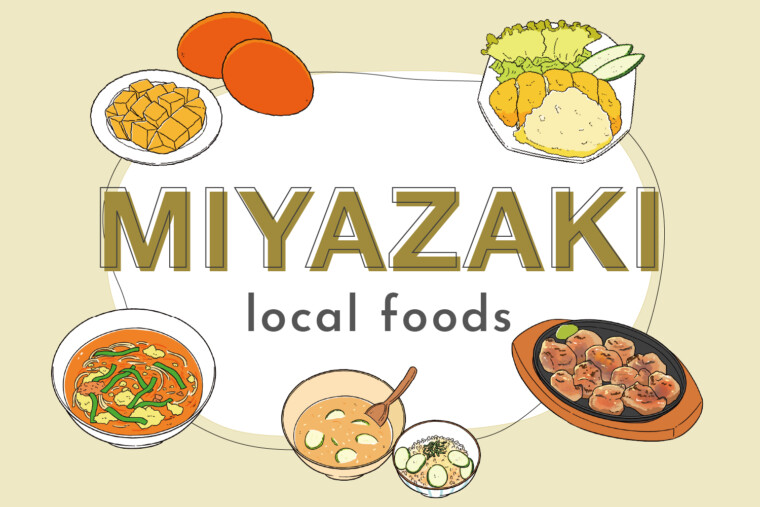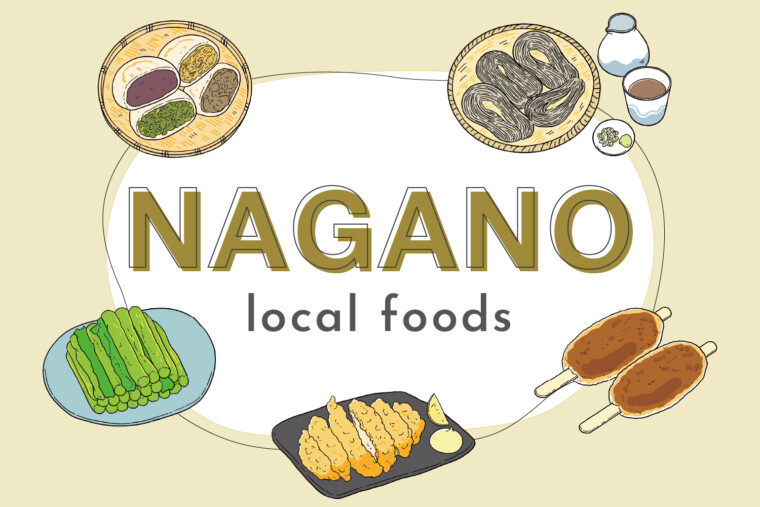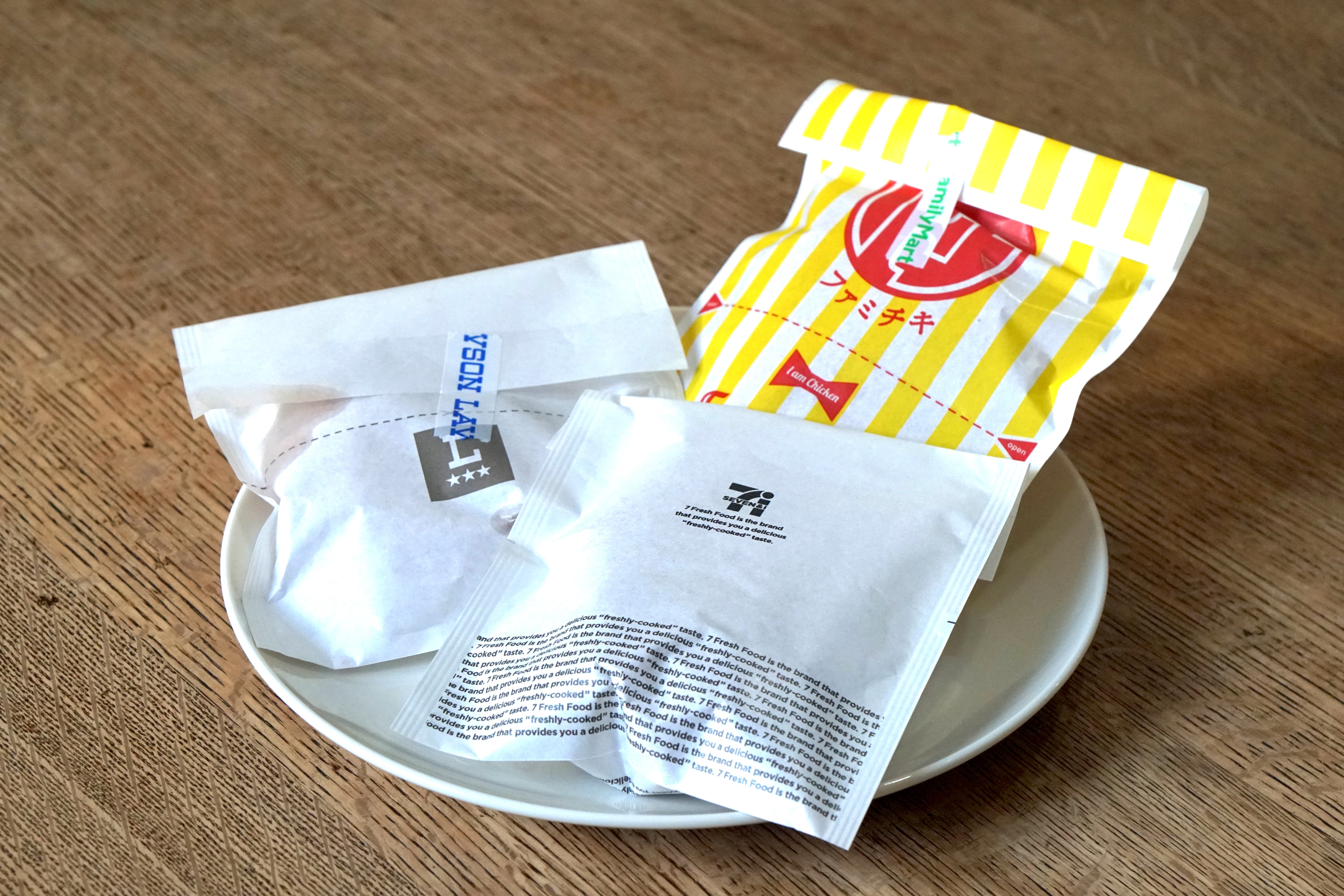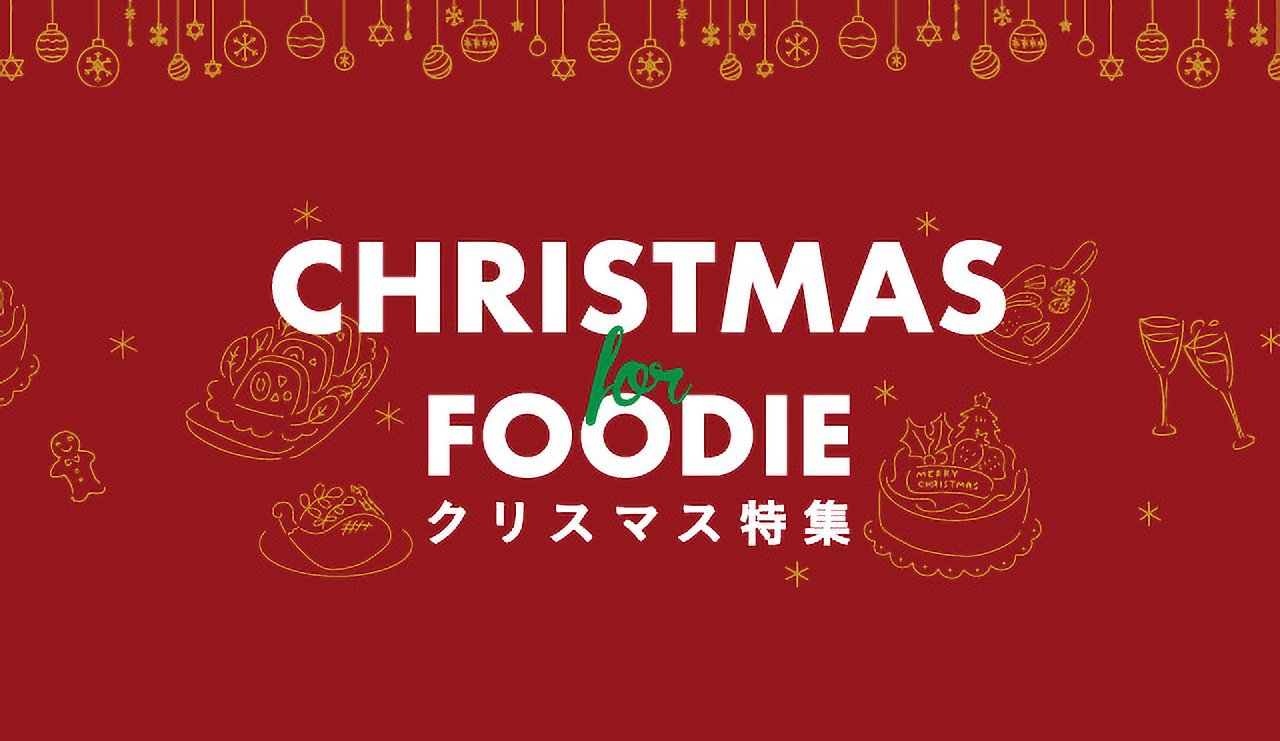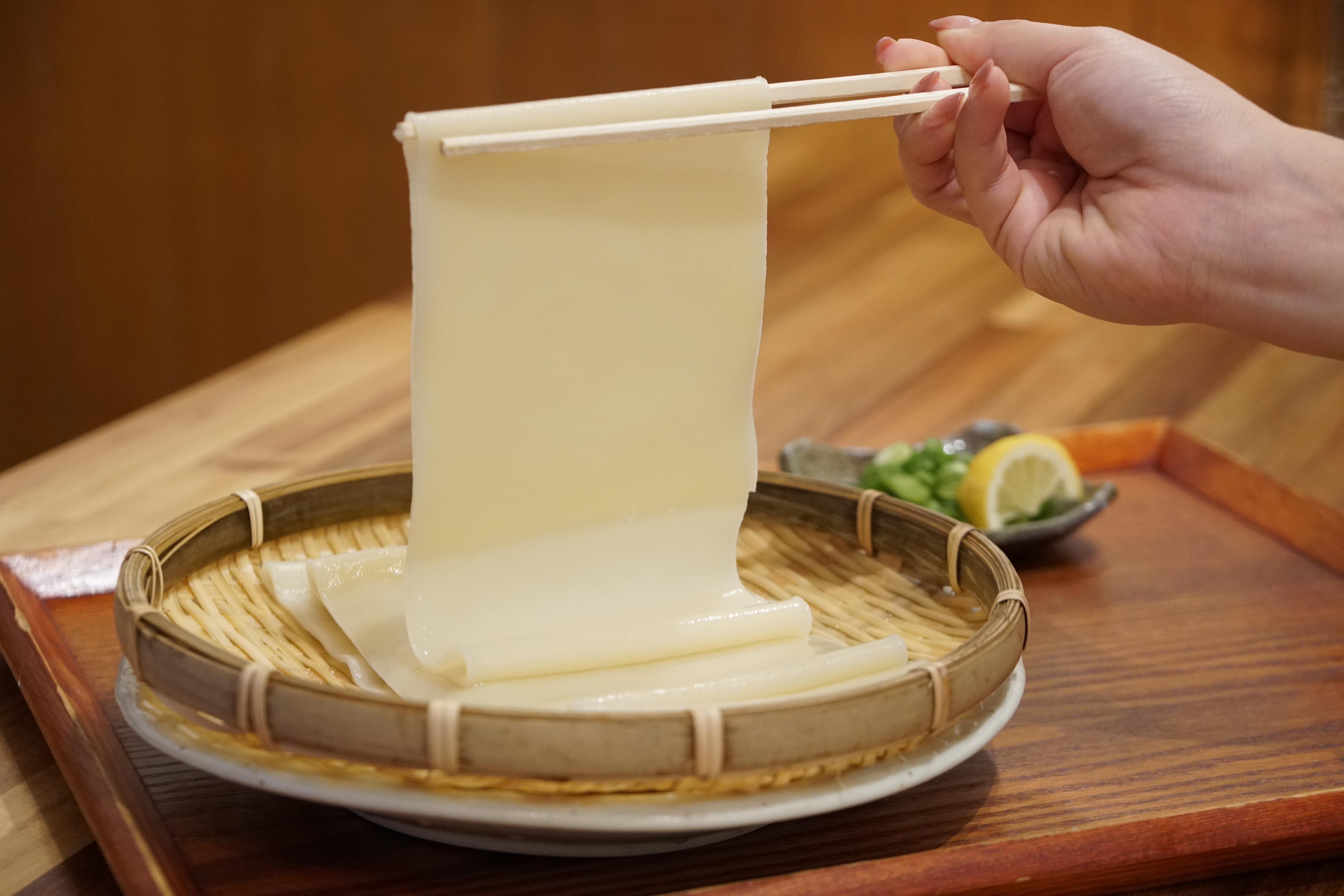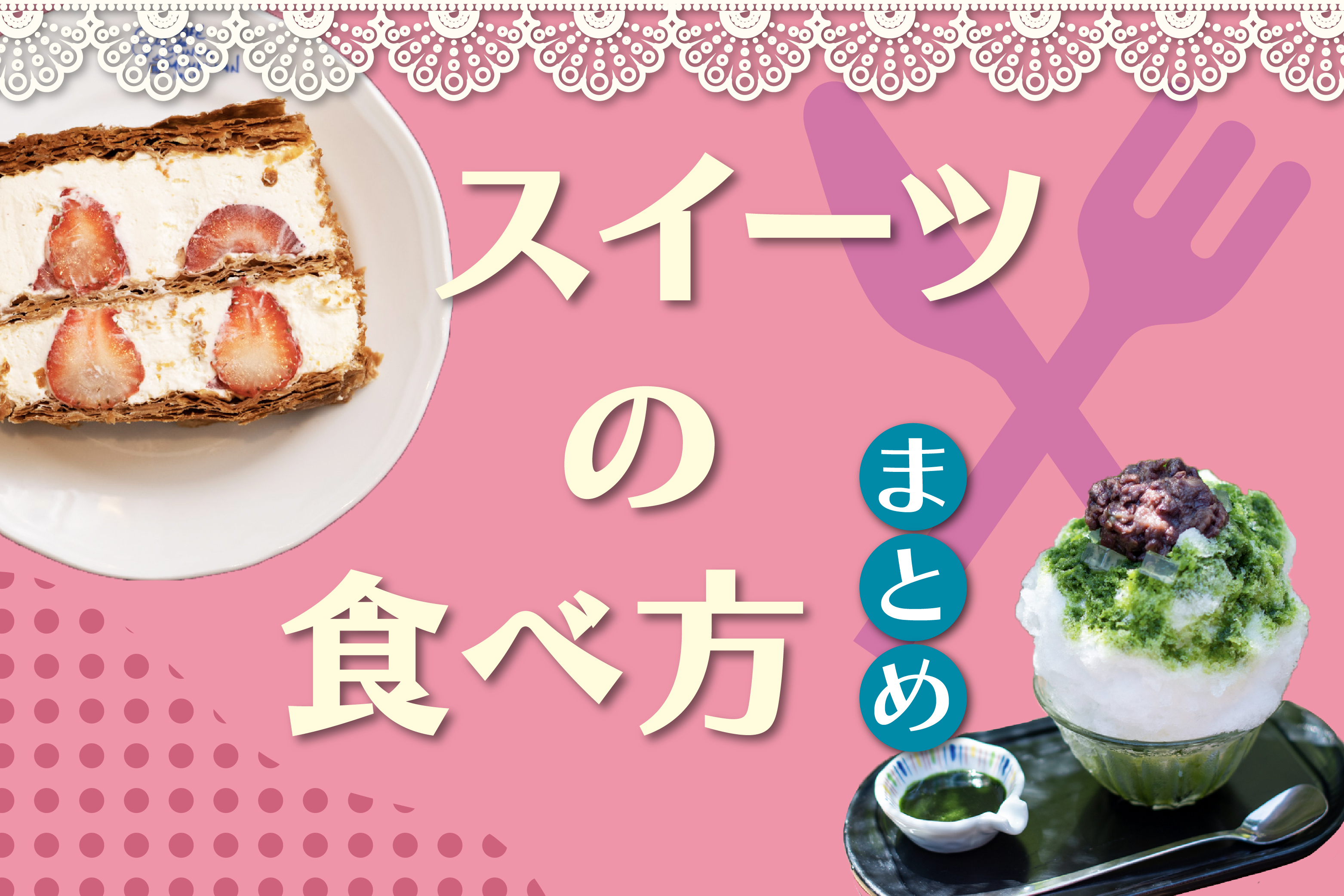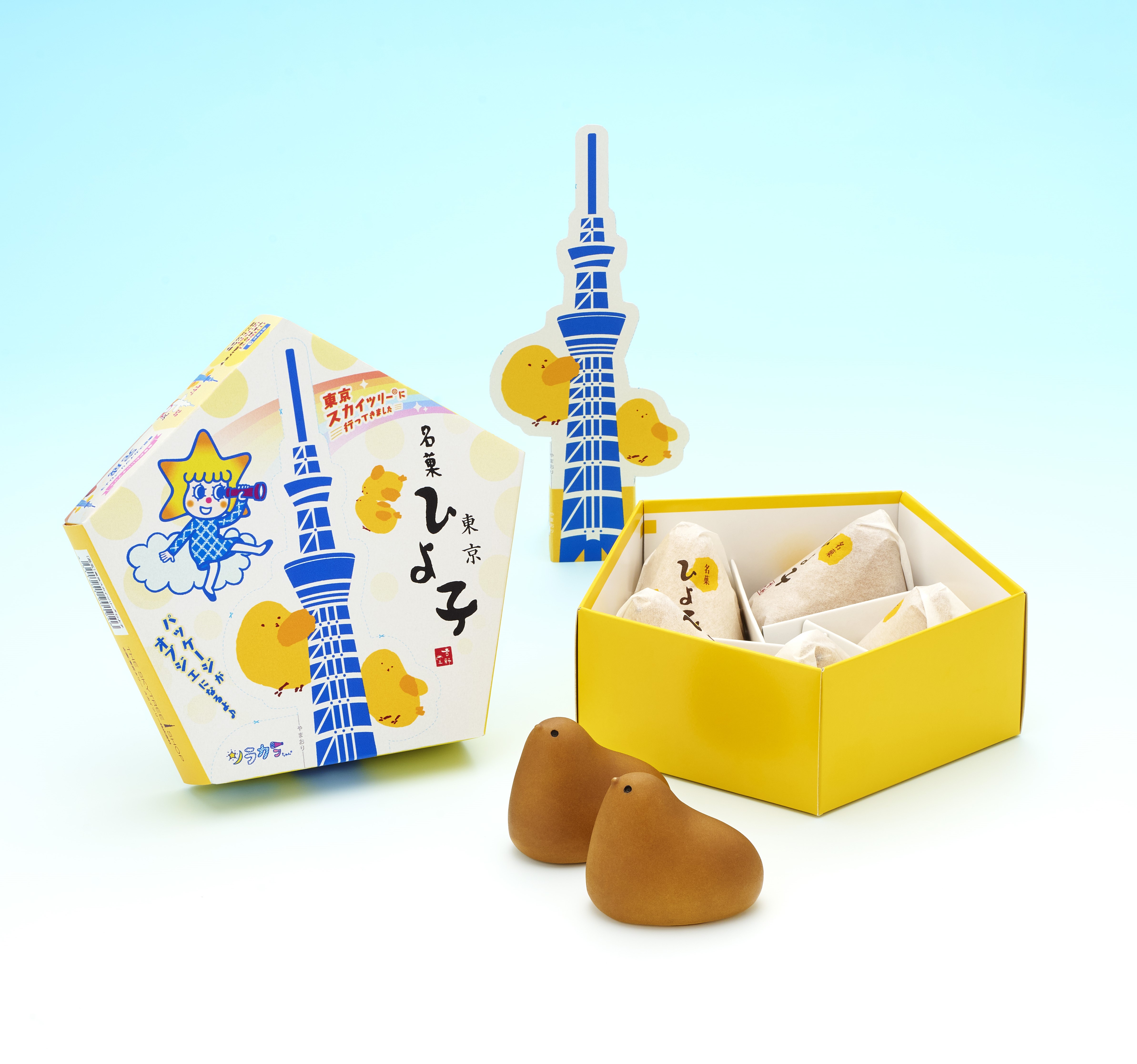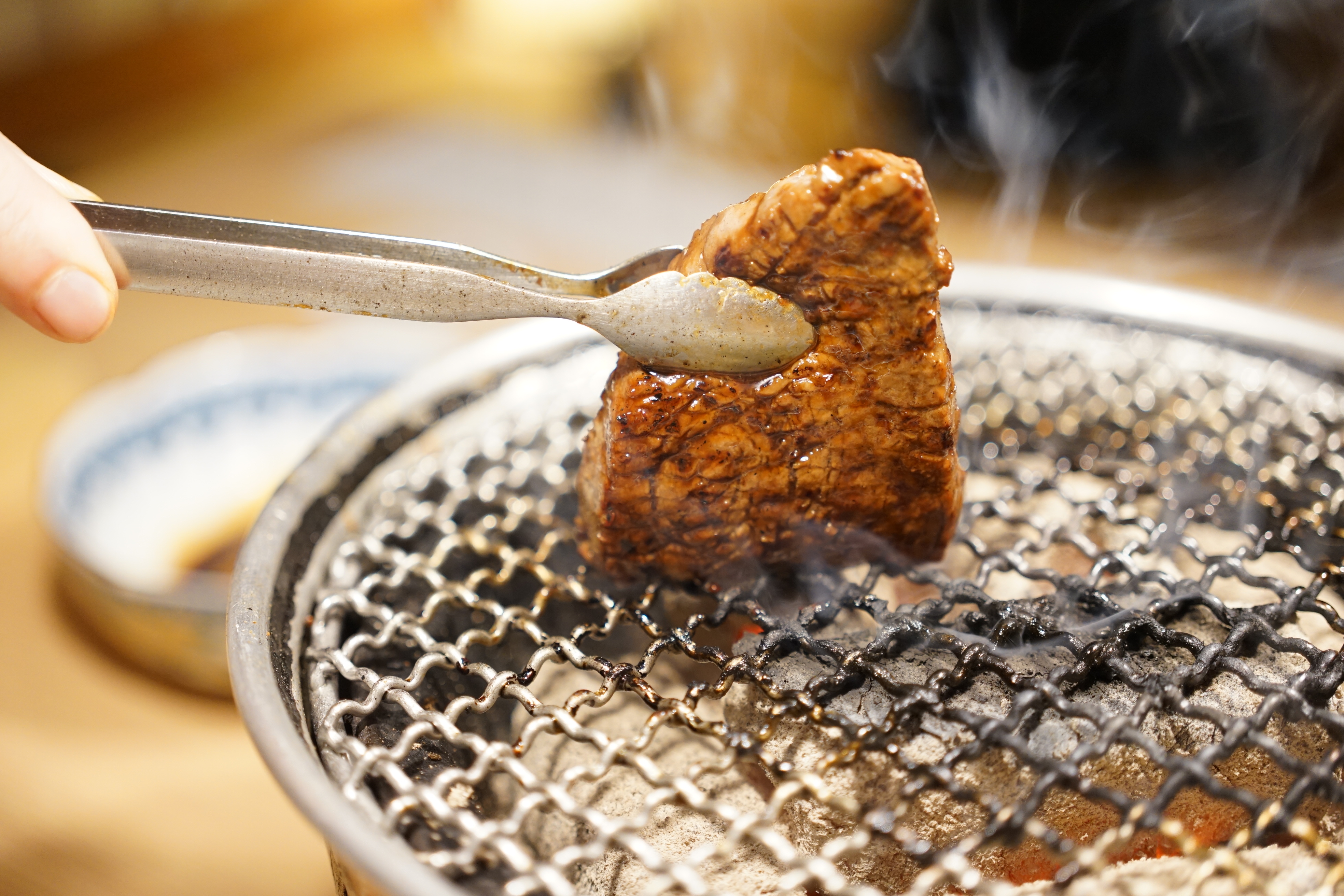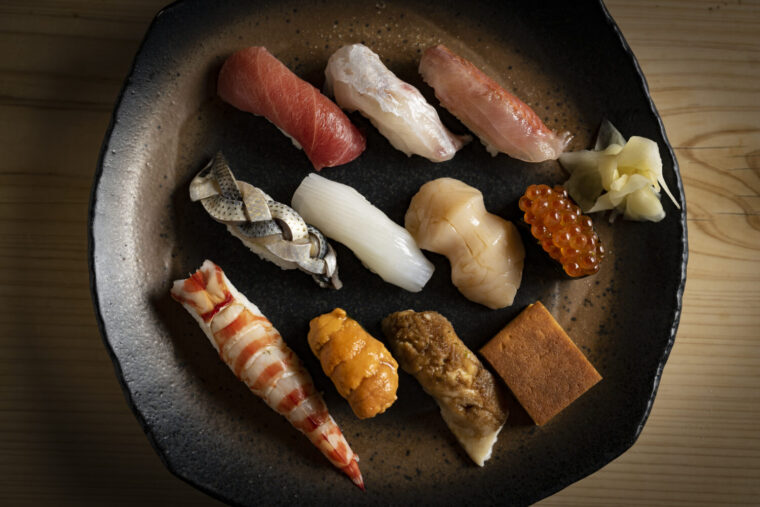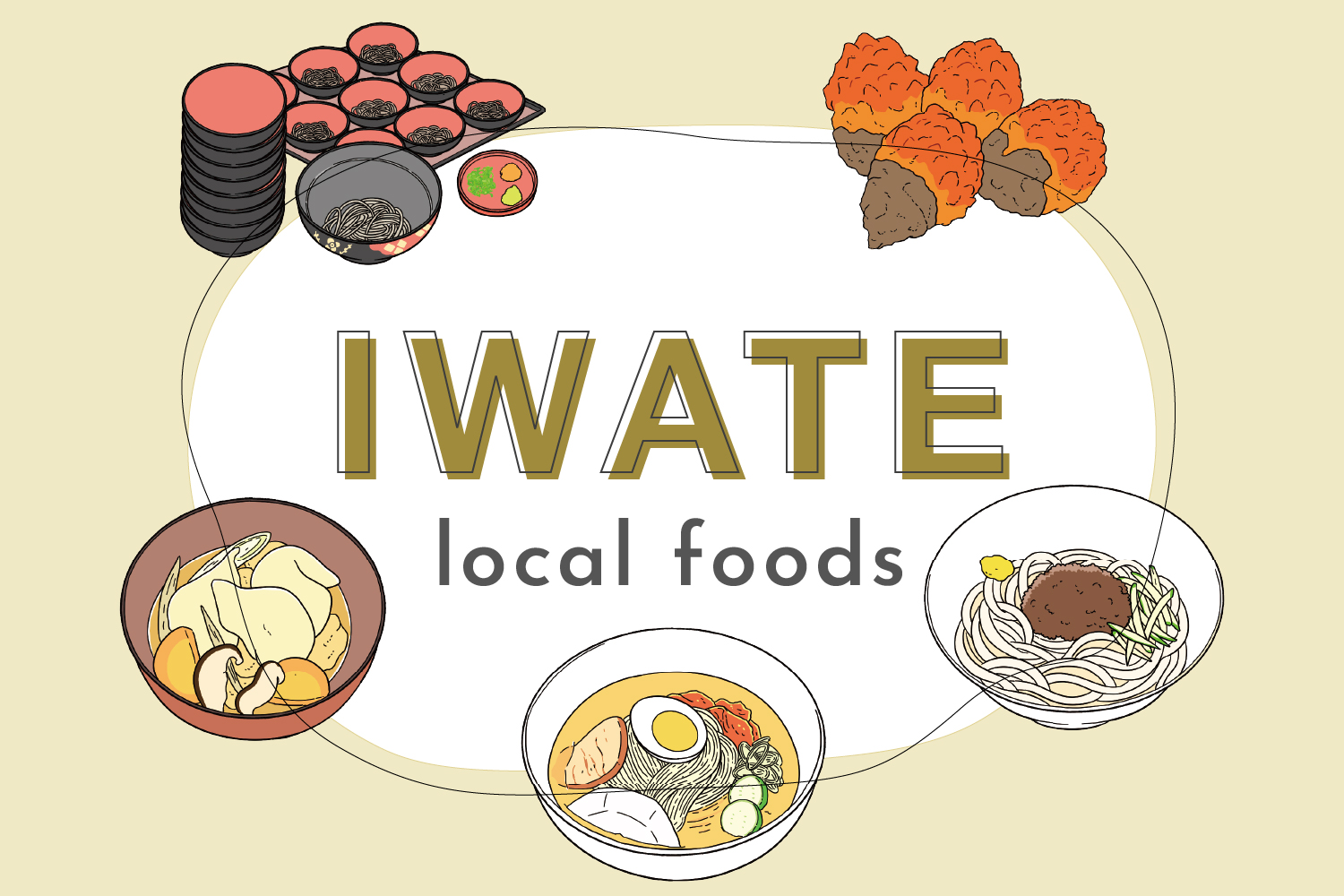
5 Local foods in Iwate | Jajamen, Wankosoba, Morioka cold noodles, Hoya, and Hittsumi
Iwate prefecture has cultivated a unique noodle culture since ancient times. It has the Sanriku Coast, which are a world class fishing grounds, provide a wide variety of marine products. Lets take a look at the amazing food culture born in Iwate.
share:
Table of Contents
Roots in Chinese home cooking “Jajamen”
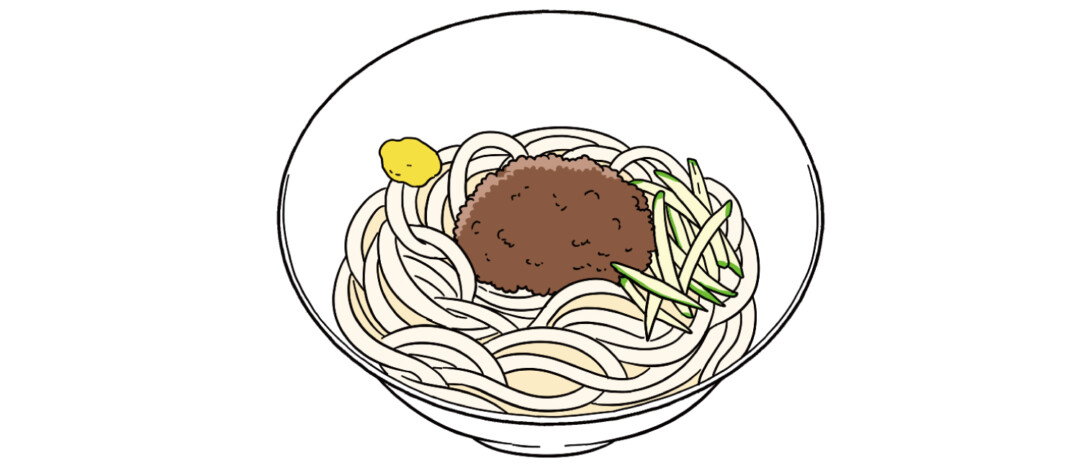
Jajamen has its roots in a Chinese home dish called “jaja-men”. The original Morioka city restaurant reproduced the dish he had while in China, returning to Japan and selling it at his food stall. Jajamen is boiled flat udon noodles, topped with special sweet and spicy meat paste, green onions, and cucumbers. Common seasonings include vinegar, chili oil, and grated garlic. The dish is finished off by adding chicken egg soup, and boiling with the remaining meat miso in the bowl.
Pineapples appearing on the Sanriku coast? “Hoya”
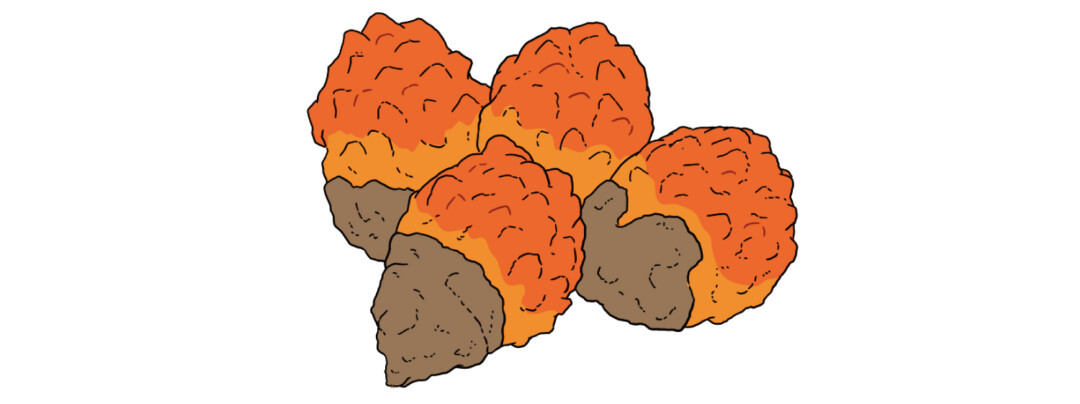
Known as the “pineapple of the sea,” hoya, or ascidians are cultivated in Iwate, harvested from May to August, but can be found throughout the year. It is characterized by its bitter, salty taste with the slight smell of the sea. Although it looks like a shellfish, its classified as chordate, making it a very mysterious creature. Fresh ascidians are recommended to be eaten raw and often served as sashimi or with vinegared dishes.
How many bowls can you eat? Wanko soba
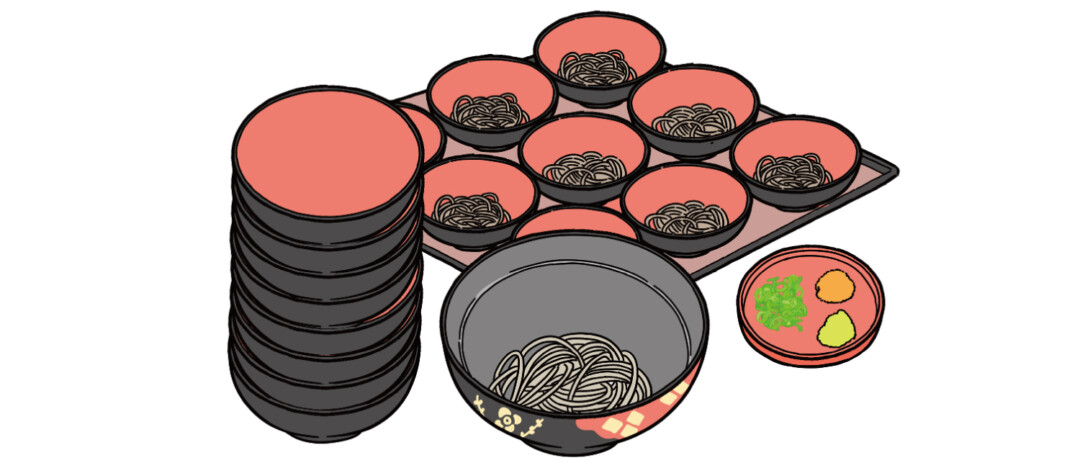
Wanko soba is an “all-you-can-eat” idea with having endless freshly boiled soba noodles. “Wanko” is a dialect word meaning “bowl.” Is is said that Nanbu Toshinao, the lord of Hanamaki Castle, began the trend, and Prime Minister Hara Takashi, gave the dish it’s name.
The bowl of soba is a single mouthful of buckwheat noodles, which is eaten as many times as you want. It is usually eaten with salmon roe, nameko mushrooms, grated radish, and other condiments.
Iwate Prefecture’s Cold Winter Ally “Hittsumi”
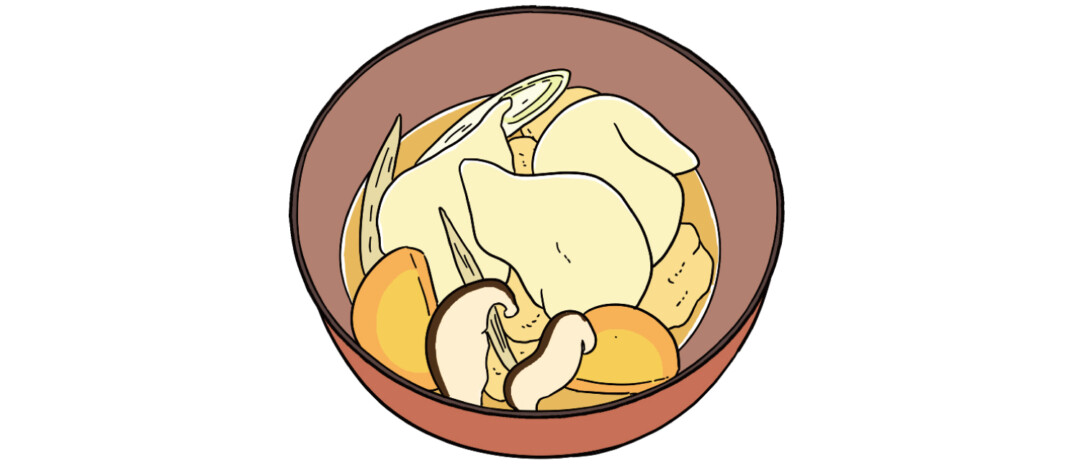
Due to severe weather conditions, Iwate prefecture has never been a good area for Rice harvesting. So instead, flour was more viable, and hittsumi was born. The name “hittsumi” was devired from flour and water were kneaded together, and stewed in a broth. Other names include “suiton” or “tottenage.” Hittsumi contains other ingredients such as vegetables, mushrooms, and chicken. Its seasoned with soy sauce or miso. It remains a staple food of Iwate.
Noodle dish born in a yakiniku restaurant “Morioka Reimen”
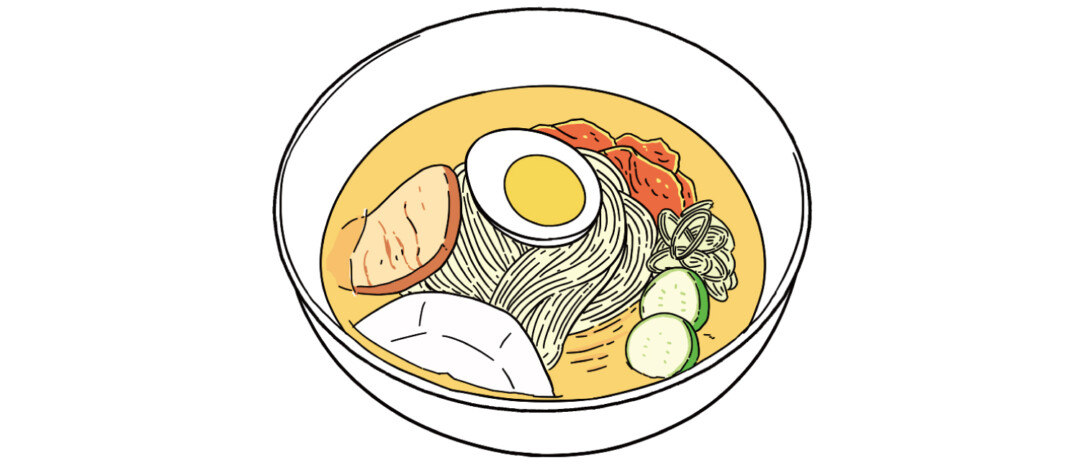
Morioka Reimen is said to have spread throughout Morioka City after being served at yakiniku restaurants. The noodles are made by kneading together wheat flour and starch until thick, translucent, and very firm. It’s topped with a broth made from beef and chicken, and including ingredients like kimchi, eggs, cucumbers, watermelon, pears, and stewed beef. The kimchi can adjust the spiciness, and there tends to be 3-5 levels. Another option is to have the noodles and kimchi served separately.
*The information is based on the time of reporting or creation, and may differ from the current situation.
share:










